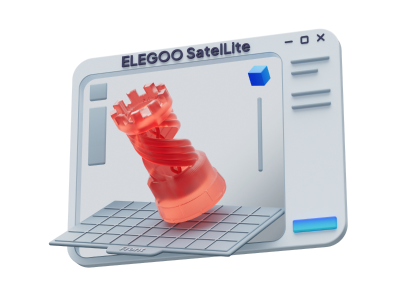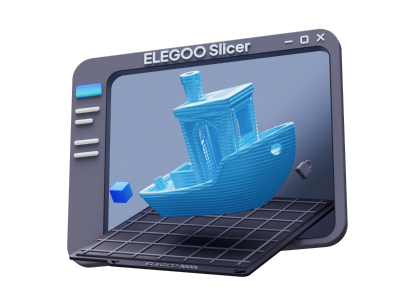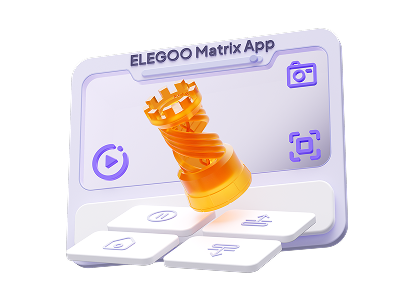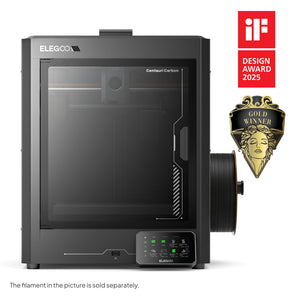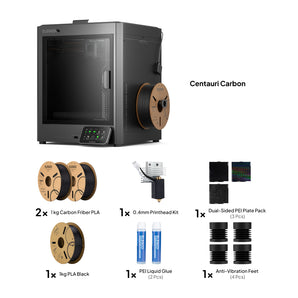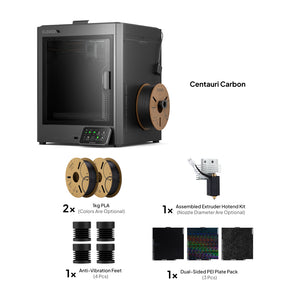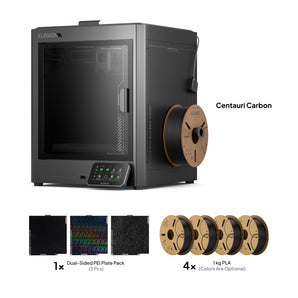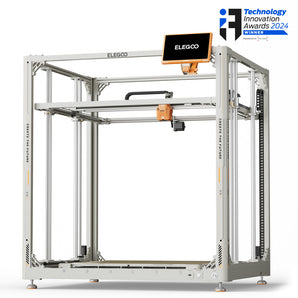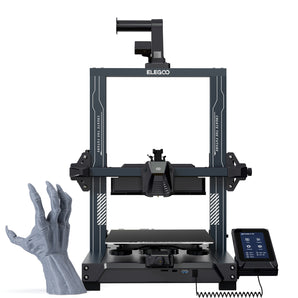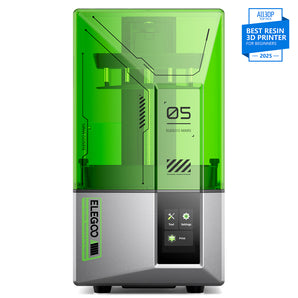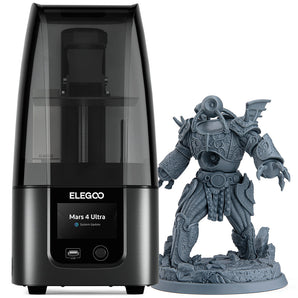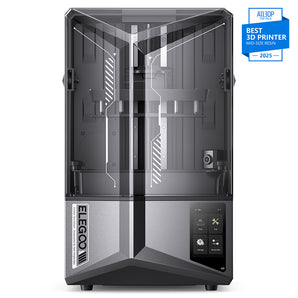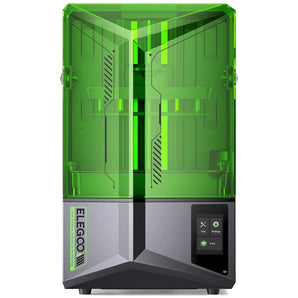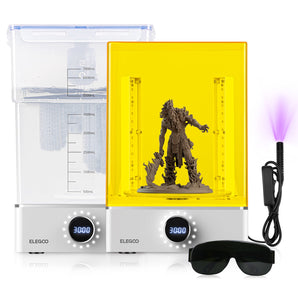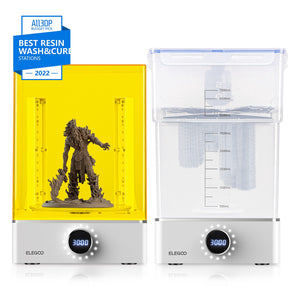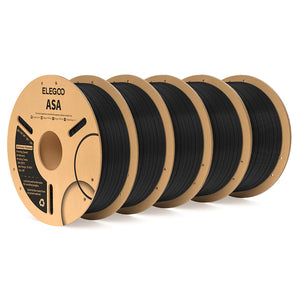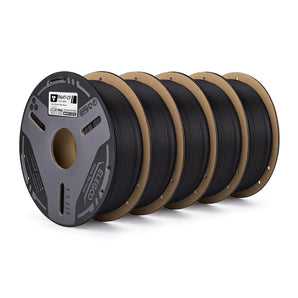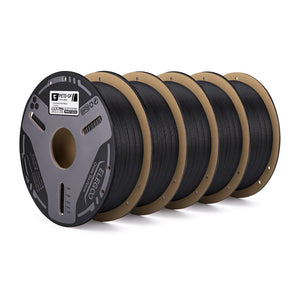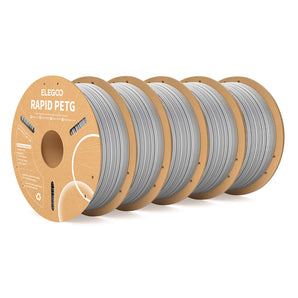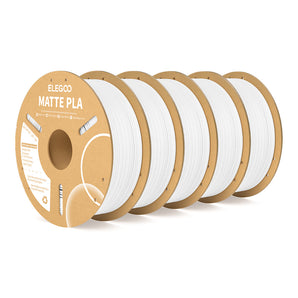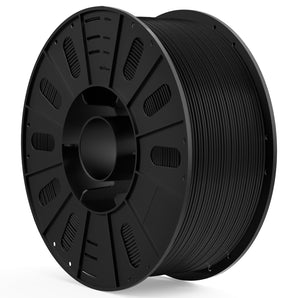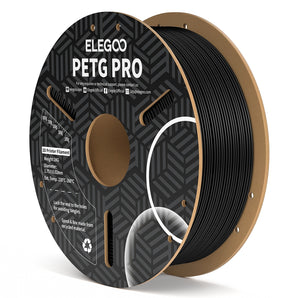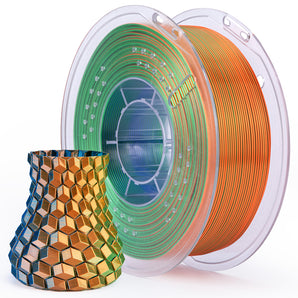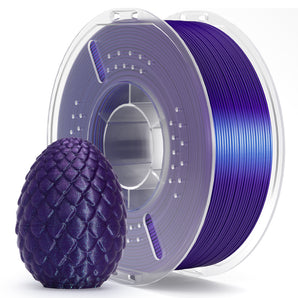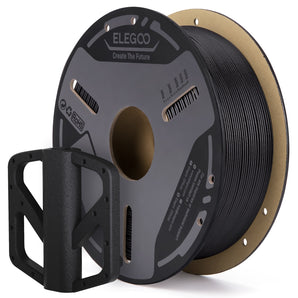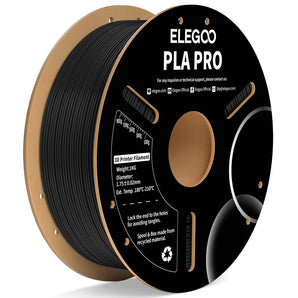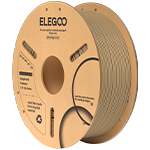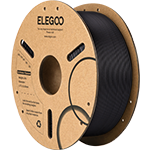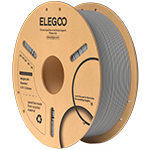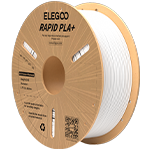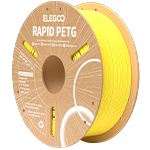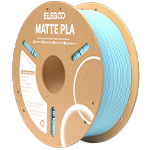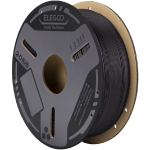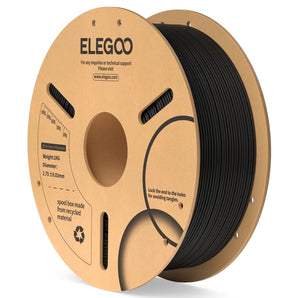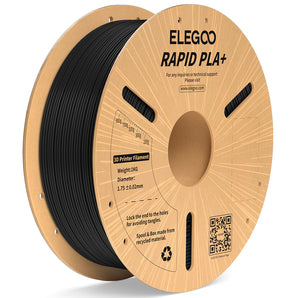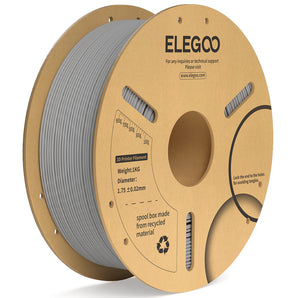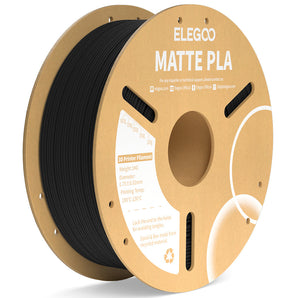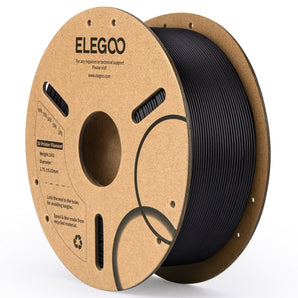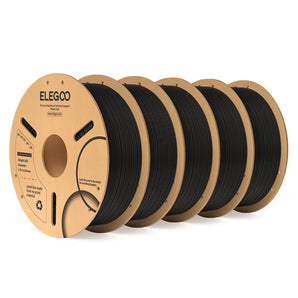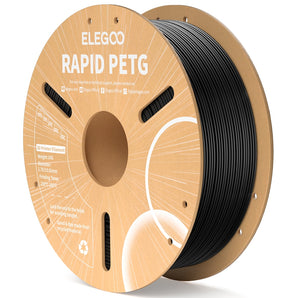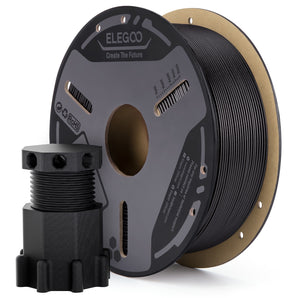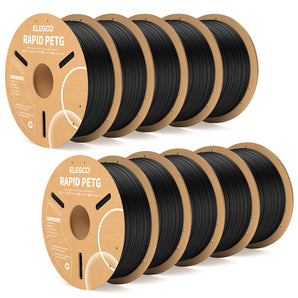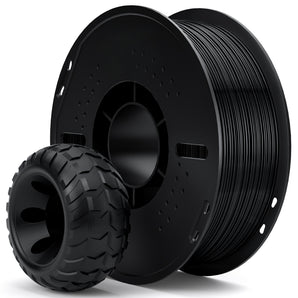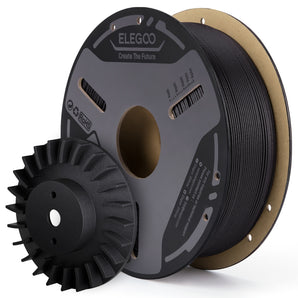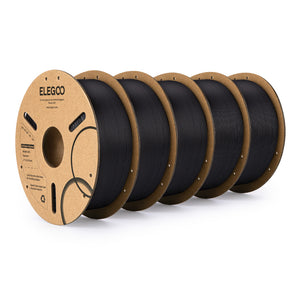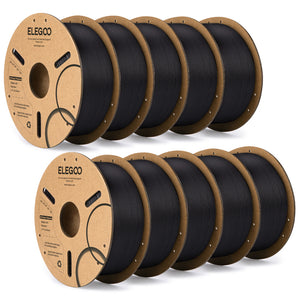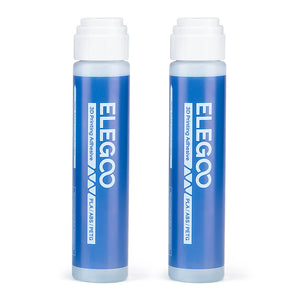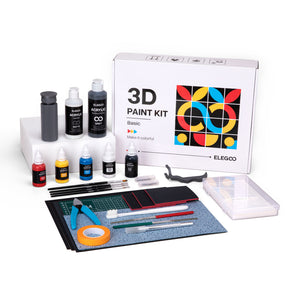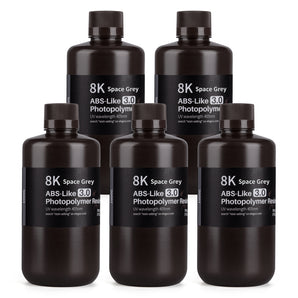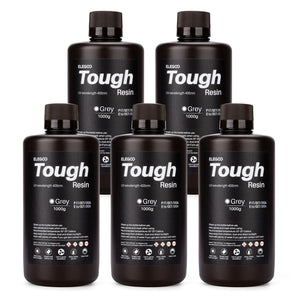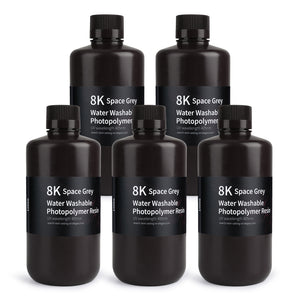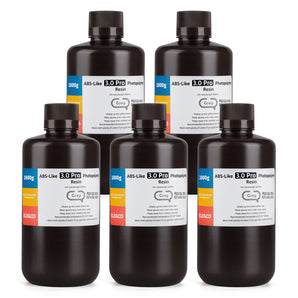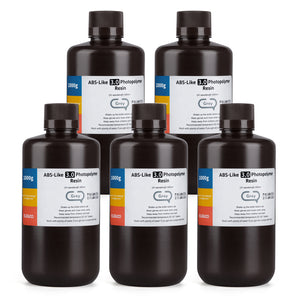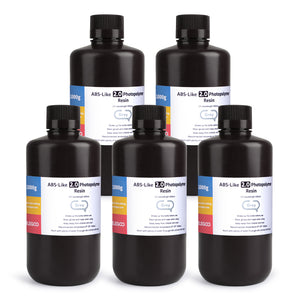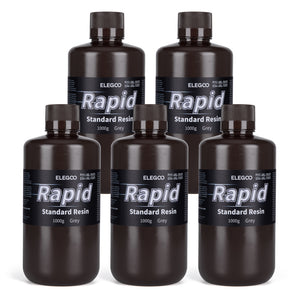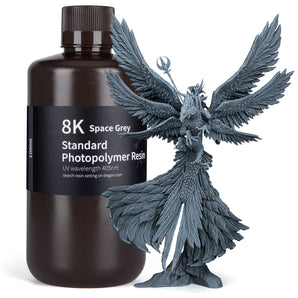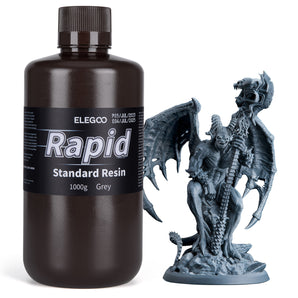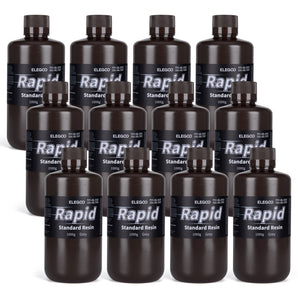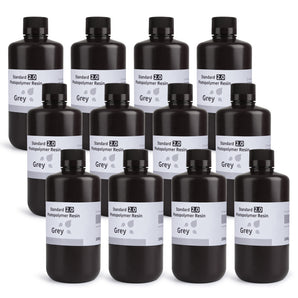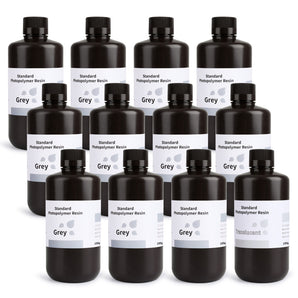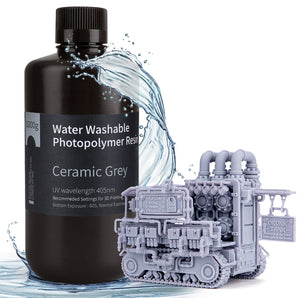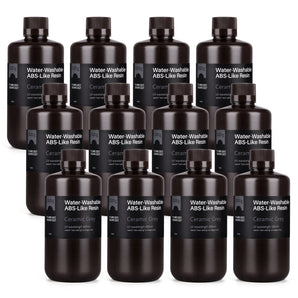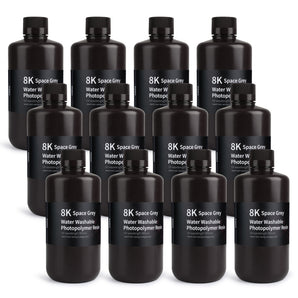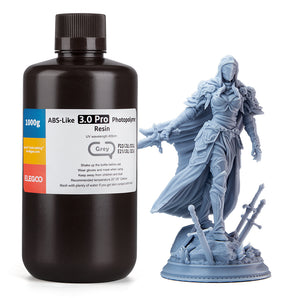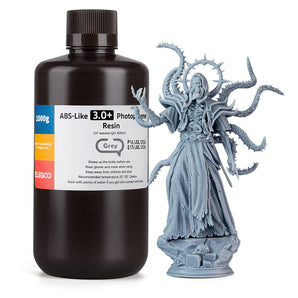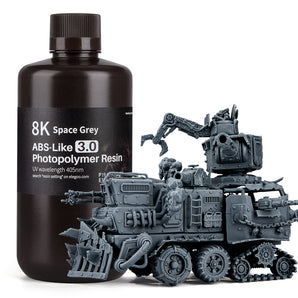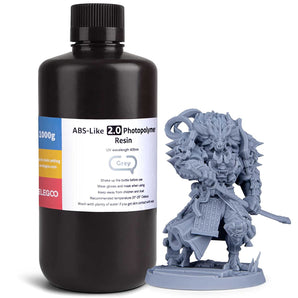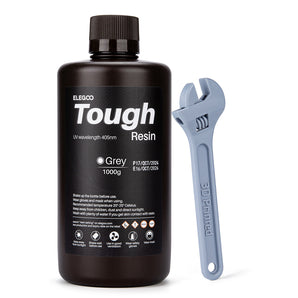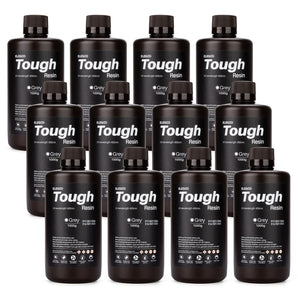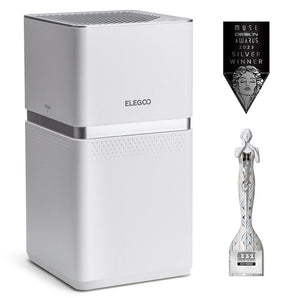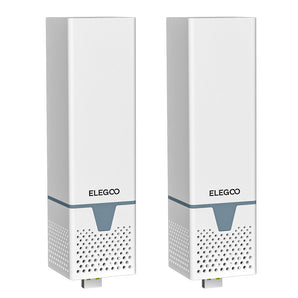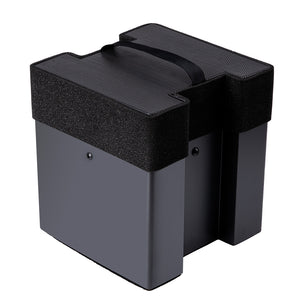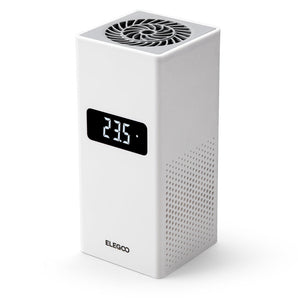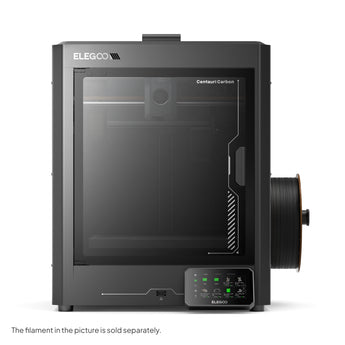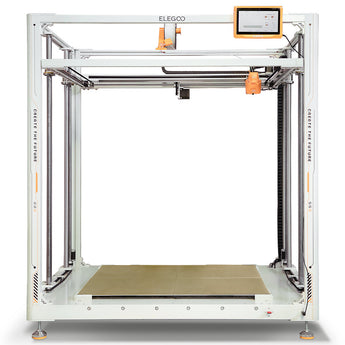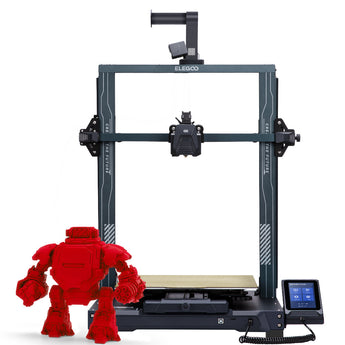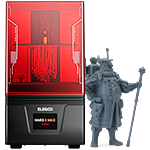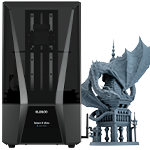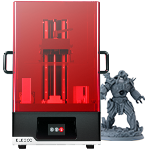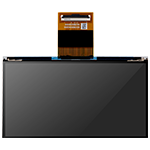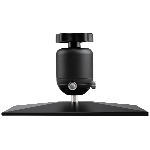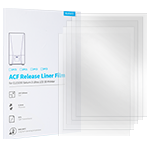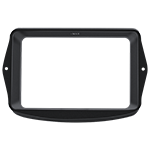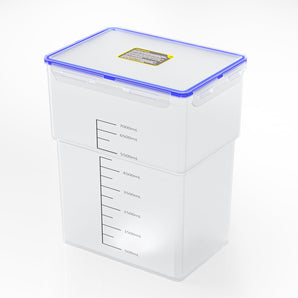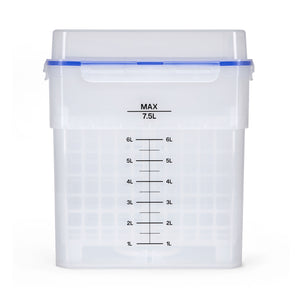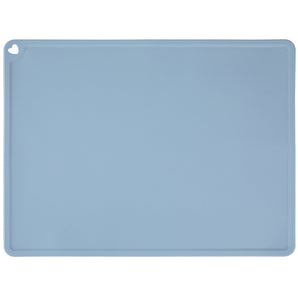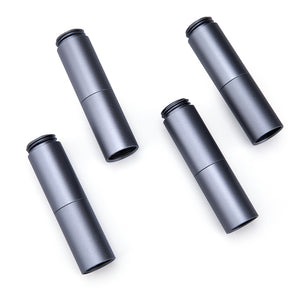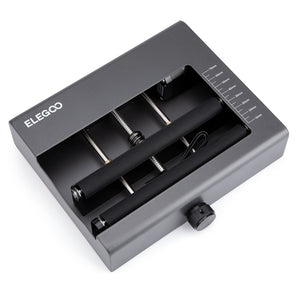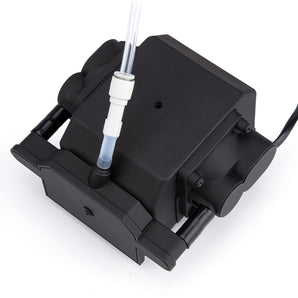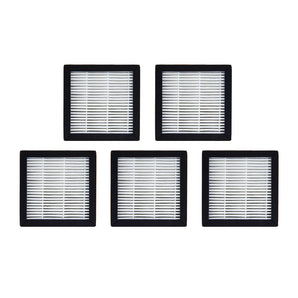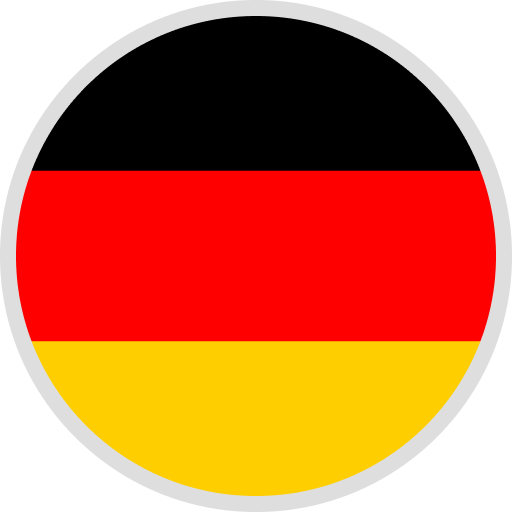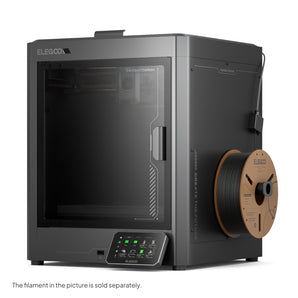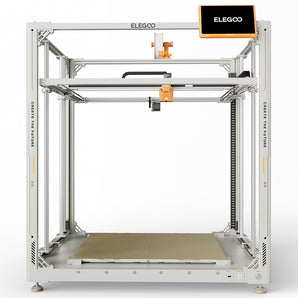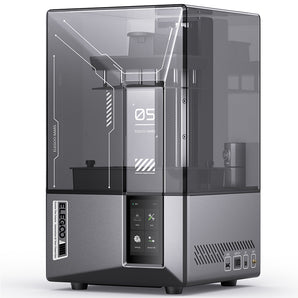Benefits of Using 2nd Hand 3D Printers
The market for used 3D printers is expanding, offering a plethora of options for enthusiasts and professionals alike.
This article explores the intricacies of purchasing a used 3D resin printer focusing on various types like FDM and resin, and renowned brands like ours: Elegoo.
Whether you are a hobbyist or a seasoned engineer, understanding the nuances of buying second-hand 3D printers can help you find high-quality, affordable options that suit your needs.
See our recommended Pre-Owned Elegoo Printers here.
Article Outline
- Why Consider a Used 3D Printer?
- What Types of 3D Printers are Available Second-hand?
- How to Certify the Quality of a Used 3D Printer?
- What to Look for in a Listing?
- Is Warranty Important for a Second-hand 3D Printer?
- How Does Print Volume and Build Size Matter?
- Can You Upgrade a Used 3D Printer?
- What are the Pros and Cons of Buying a Used 3D Printer?
Why Consider a Used 3D Printer?
Purchasing a used 3D printer can be an excellent option for those looking to delve into 3D printing without investing in a brand-new model.
The market for second-hand 3D printers is diverse, offering various types of 3D printers, including FDM and resin, at an affordable price.
Whether you are a hobbyist exploring 3D printing technology or a manufacturer seeking to prototype, buying a used 3D printer can deliver precision and high-quality prints without breaking the bank.
What Types of 3D Printers are Available Second-hand?
The second-hand market offers a gamut of 3D printers, including FDM 3D printers that use thermoplastic filament and resin 3D printers that utilize UV light to cure liquid resin.
FDM printers are versatile and resistant, making them suitable for a range of applications, while resin printers are known for their high precision and detail, ideal for intricate models and prototypes.
Understanding the type of 3D printing you require is crucial in selecting the right 3D printer that aligns with your needs.
How to Certify the Quality of a Used 3D Printer?
Certifying the quality of a used 3D printer is paramount to ensure its functionality and durability.
It’s advisable to check the listing details meticulously, inquire about the printer’s history, and, if possible, request a test print to assess the print quality and speed.
Additionally, inspecting the printer for any signs of wear, damage, or modifications can help in evaluating its condition and determining whether any spare parts or upgrades are needed.
What to Look for in a Listing?
When perusing listings for used 3D printers, it’s essential to scrutinize the details provided. Look for information regarding the printer’s condition, any modifications made, the inclusion of accessories, and the availability of the original packaging and manuals.
Additionally, inquire about the reason for selling and the printer’s usage history to gain insights into its performance and any potential issues. A transparent and detailed listing can aid in making an informed decision.
Is Warranty Important for a Second-hand 3D Printer?
While many used 3D printers may not come with a warranty, securing one with a warranty period can be advantageous. A warranty can provide a safety net, allowing you to address any unforeseen issues or defects post-purchase.
If a warranty is not available, understanding the return policy and ensuring the availability of spare parts and support from the manufacturer can offer peace of mind when buying a used 3D printer.
How Does Print Volume and Build Size Matter?
The print volume and build size of a 3D printer determine the maximum size of the objects it can print. Depending on your printing needs, whether you are creating small, intricate models or large, durable parts, considering the print volume and build size is crucial.
Assessing your requirements and comparing them with the specifications provided in the listing can help you find a used 3D printer that meets your printing size needs.
Can You Upgrade a Used 3D Printer?
Upgrading a used 3D printer is a viable option to enhance its performance and extend its lifespan. Upgrades can range from replacing the nozzle for better print quality to installing a silent motherboard for quieter operation.
Before purchasing, it’s important to research the upgrade possibilities and compatibility of the specific model to ensure that the desired enhancements can be implemented successfully.
What are the Pros and Cons of Buying a Used 3D Printer?
Buying a used 3D printer can be cost-effective and environmentally friendly, allowing access to high-quality 3D printing at a lower price point.
However, it also comes with potential risks such as undisclosed defects, lack of warranty, and limited upgrade options. Weighing the pros and cons and conducting thorough research can help in navigating the second-hand market effectively.
In Summary:
- Research Thoroughly: Understand the types of 3D printers and your specific needs before exploring the second-hand market.
- Certify Quality: Inspect the used 3D printer meticulously and inquire about its history and condition.
- Scrutinize Listings: Look for detailed and transparent listings and clarify any doubts before purchasing.
- Warranty Matters: If available, a warranty can offer added security and peace of mind.
- Assess Print Volume: Choose a printer with a print volume and a build size that aligns with your needs.
- Explore Upgrade Options: Research the upgrade possibilities and compatibility of the model.
- Compare Platforms: Explore various platforms to compare options and find the best deals.
- Weigh Pros and Cons: Consider the advantages and potential risks of buying a used 3D printer to make an informed decision.












